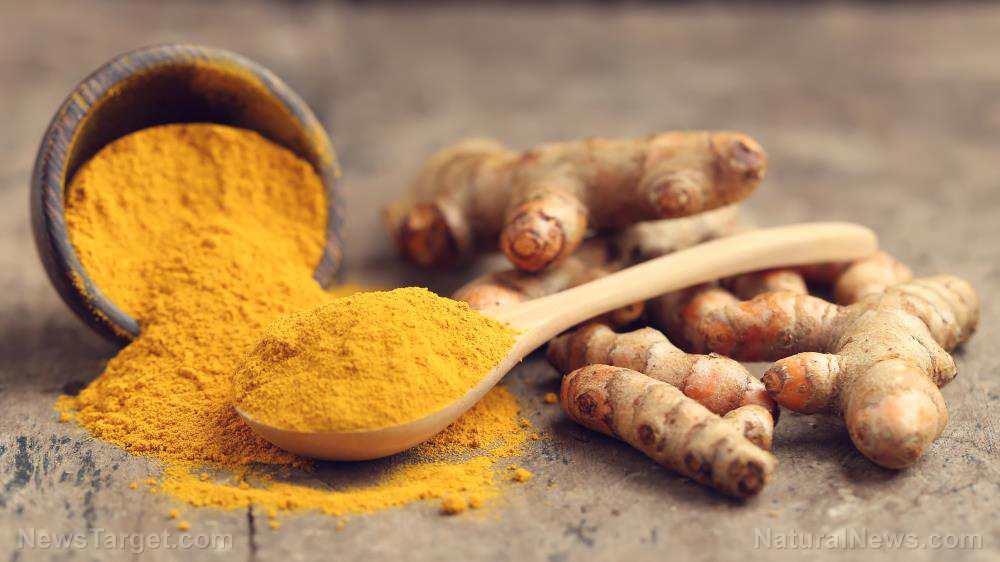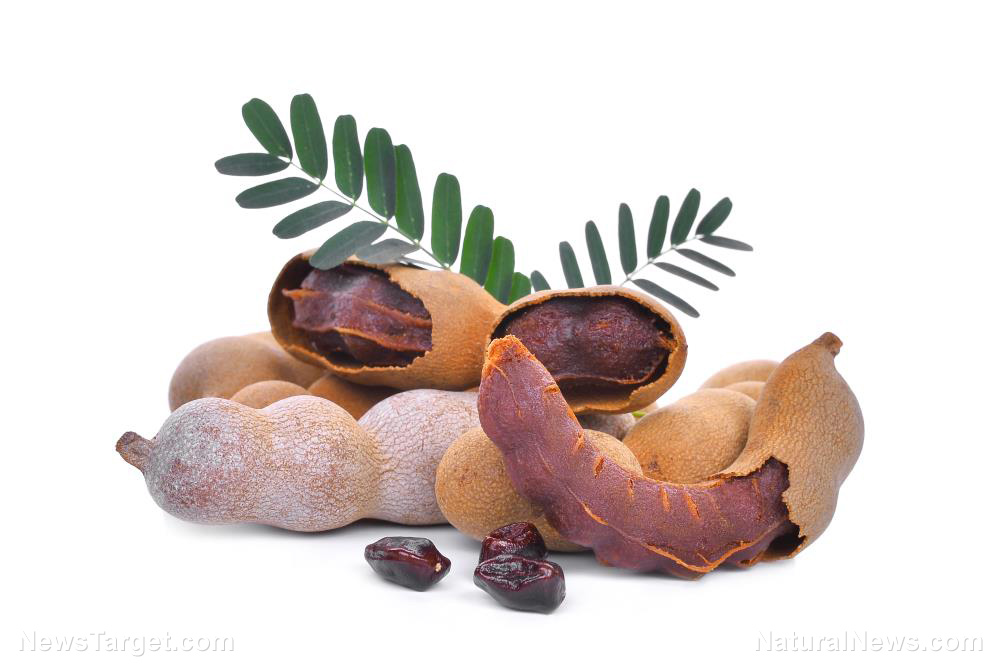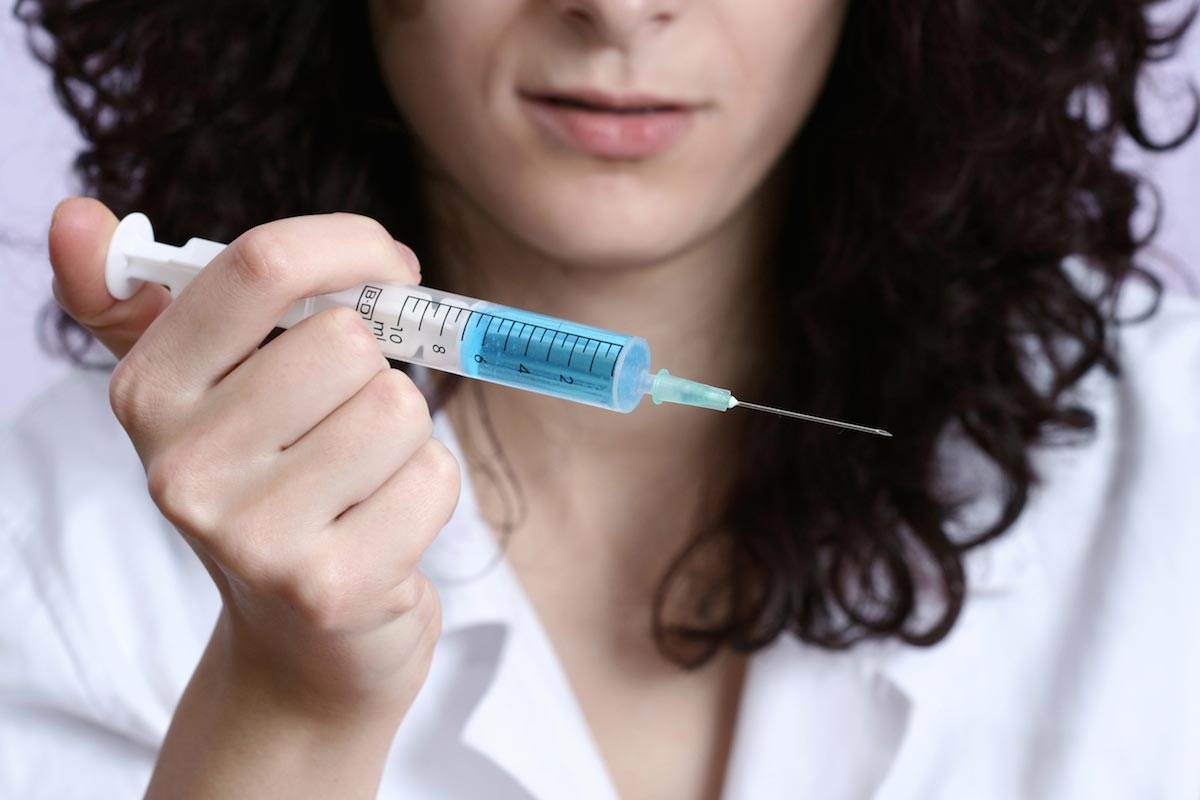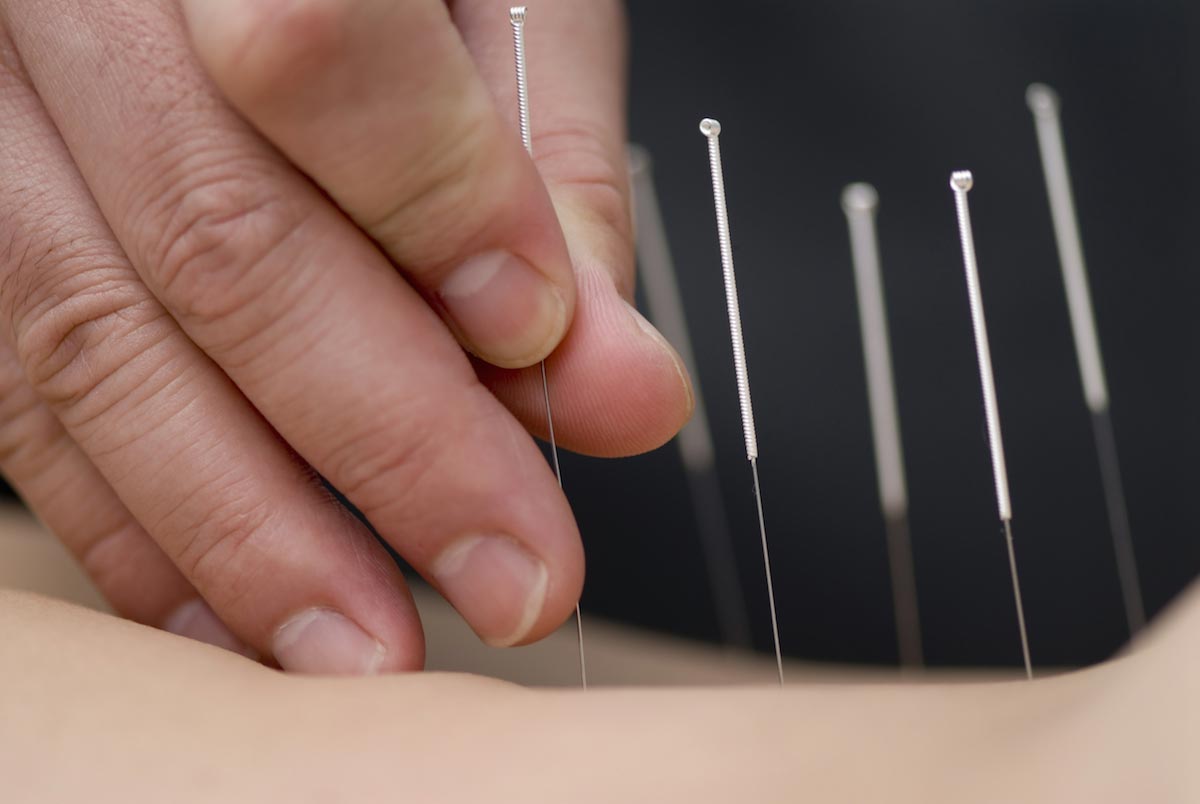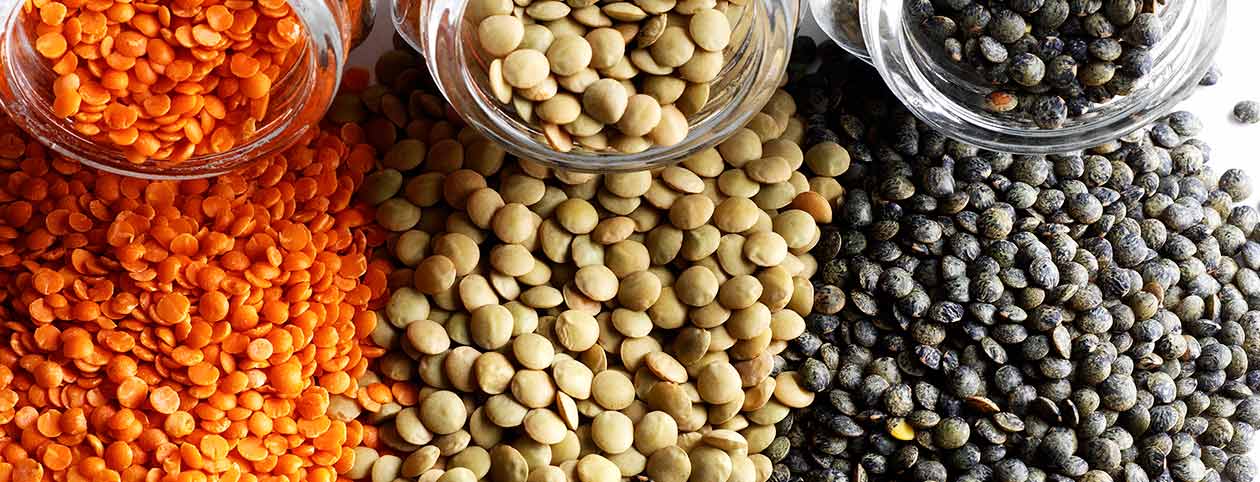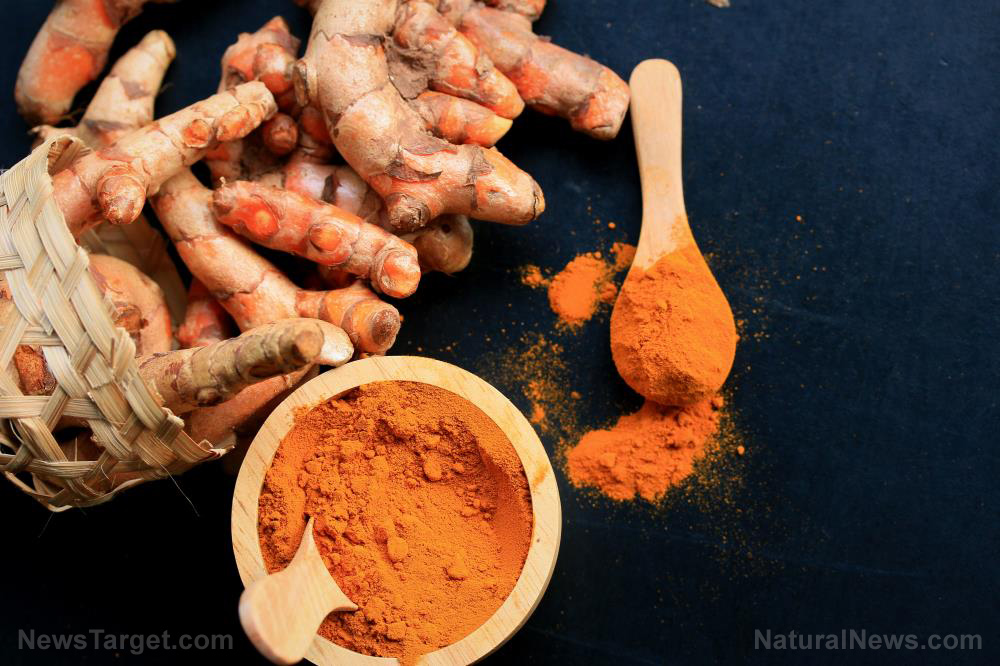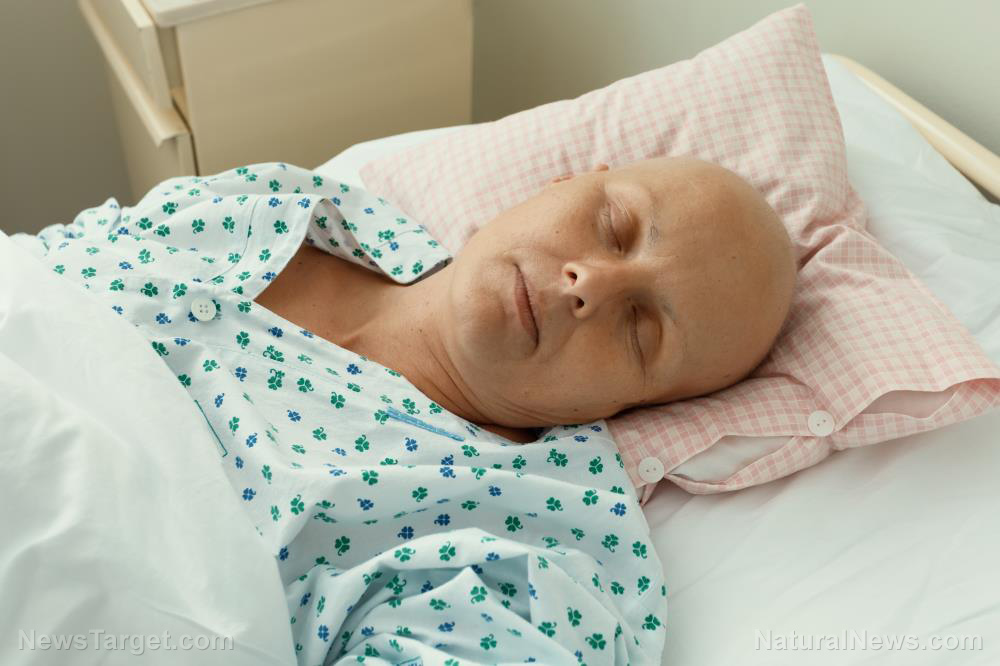Study: Polyphenols may relieve rosacea symptoms
11/03/2018 / By Tracey Watson

The National Rosacea Society reports that more than 16 million Americans suffer from rosacea – though as many as 95 percent of them are unaware of it. What is rosacea? This common, chronic and incurable facial condition is characterized by redness of the cheeks, forehead, nose and chin; small but visible blood vessels; pimples and bumps; and watery, irritated eyes. Links have been found between certain illnesses – including kidney disease – and rosacea, and it often flares up after the consumption of specific foods, stressful events, smoking or when sufferers are in warmer environments.
Treatments for rosacea vary depending on symptoms and severity. According to MedicineNet.com, these treatments generally include antibacterial washes, laser therapy, topical creams, antibiotics, pulsed-light therapies, isotretinoin (Accutane or Roaccutane pills) and photodynamic therapy (a treatment that uses a drug and a special type of light).
A metanalysis published in The Journal of Alternative and Complementary Health, however, found that the polyphenols found in botanicals can successfully treat several of the more unpleasant symptoms associated with rosacea, without the unpleasant side effects of chemical medicines.
What are polyphenols?
Polyphenols are found in abundance in antioxidant-rich plants. More than 8,000 such phytochemicals have been identified in everything from wine, chocolate and tea to fruit and veggies. The antioxidants in plants can be divided into three categories: polyphenols, carotenoids and allyl sulfides. All antioxidants protect the body against free radical damage which can cause breakdown in cellular function and lead to diseases like cancer, heart disease and Alzheimer’s.
100% organic essential oil sets now available for your home and personal care, including Rosemary, Oregano, Eucalyptus, Tea Tree, Clary Sage and more, all 100% organic and laboratory tested for safety. A multitude of uses, from stress reduction to topical first aid. See the complete listing here, and help support this news site.
Polyphenols can be broken down further into four basic categories: Phenolic acids, stilbenes, lignans and flavonoids.
Food and drinks which are high in polyphenols include elderberries, cranberries, cherries, red wine and green tea.
Study methodology and findings
For their metanalysis, researchers systematically searched through the Embase, PubMed, Web of Knowledge, Biosis and Scopus databases to find studies which evaluated the use of polyphenols in the treatment of rosacea symptoms. Six of the 814 studies found were included in the final analysis, and only topical formulations of the polyphenols licochalcone, silymarin, Crysanthellum indicum extract, and quassia extract were evaluated.
The authors concluded:
There is evidence that polyphenols may be beneficial for the treatment of rosacea symptoms. Polyphenols appear to be most effective at reducing facial erythema and papule and pustule counts. (Related: Heal the different stages of rosacea naturally.)
Another possible natural treatment for rosacea
While polyphenol formulations appear promising as potential rosacea treatments, as previously reported by Natural News, vitamin D may also be a natural way to manage the symptoms of this debilitating disease. We reported:
Much research has focused on cathelicidin, one of the most well studied anti-microbial peptides (AMP) that seems to play a central role in rosacea’s pathology. The innate immune system normally produces low levels of these AMPs on the skin. Rosacea sufferers have abnormal and excessive cathelicidin production.
Normalizing cathelicidin AMP (camp) production and maintaining healthy skin barrier may be the key to balancing this inflammatory based skin disorder. When not enough camps are produced, the skin is more susceptible to infections and subsequent inflammatory immune response. However, if camps are over produced, or if the skin barrier is weak or abnormal, immune system flare ups follow through various mechanisms.
Vitamin D may benefit rosacea in several ways. For one, vitamin D is essential for normal skin cell production, function, and anti-infective barrier formation. Secondly, numerous studies report vitamin D’s immune system modulating activity by enhancing T cells with regulatory and suppressing activity. Thirdly, vitamin D modulates the effects of cathelicidin.
So, rosacea sufferers should not despair. There are natural ways to manage their condition, including eating more polyphenol-rich foods and getting out into the sunshine so that their bodies can produce vitamin D. Learn more at Nutrients.news.
Sources include:
Tagged Under: antioxidants, botanicals, Chocolate, disease treatments, fruit, Green tea, immune system, natural cures, natural remedies, polyphenols, remedies, rosacea, skin health, vegetables, vitamin D


